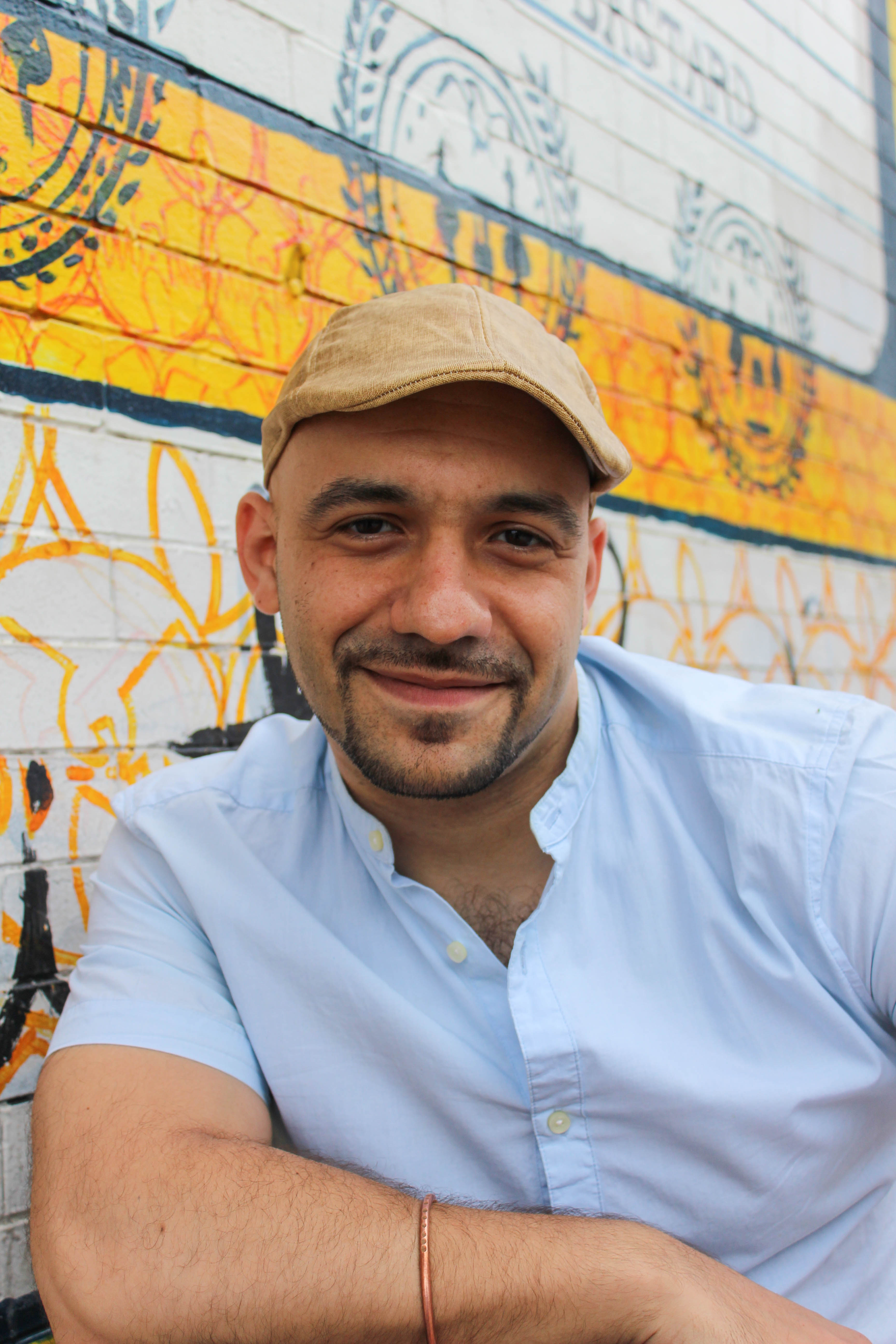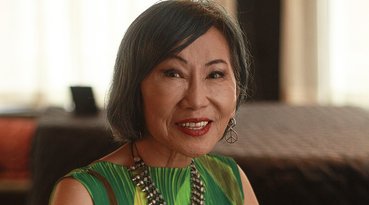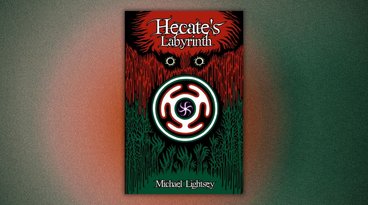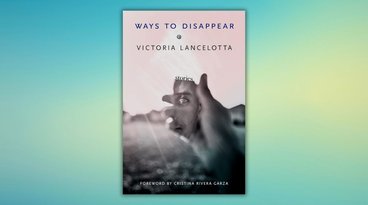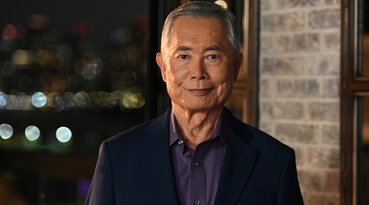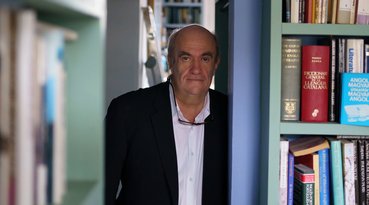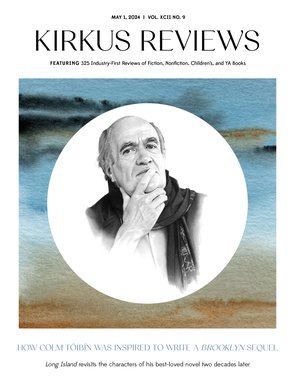Summer’s hot promise is in the air when I arrive at Alice’s Arbor to meet Daniel José Older. Situated in Bed-Stuy, Brooklyn, it’s a welcoming bistro where the relaxed staff is glad to let you be part of the understated vibe, a good thing since I just might want to listen to Older talk for hours over endless iced tea. The neighborhood of Bed-Stuy is the anchoring setting of his debut teen novel, Shadowshaper. “The impulse for the book came from loving Harry Potter and loving Octavia Butler, and I wanted to put those things together,” says Older, which pretty much makes the setting of this interview akin to meeting J.K. Rowling at Platform 9 3/4.
But Older says he felt “a certain disconnect” with Harry Potter. “As much as I loved it, I was looking for characters that represented us more, us being Latinos and people of color in the United States. So I thought it would be an amazing thing to write a magical story for teenagers that’s set in the city, that feels true to the city, and I felt like it was needed,” he says. “I was working with kids at the time, and there’s just not a lot out there for young kids of color to see themselves in.”
What he created is the story of Sierra Santiago, a Latina Brooklynite who likes to get lost in her artwork but ends up finding herself in it too. Murals in her neighborhood begin fading, even crying. As she digs deeper to determine why—and make sure she isn’t losing her mind—she is introduced to a remarkable world of spirituality, ancestry, anthropology, and community.
Shadowshaper encompasses the magic, the truth, and the voice that Older saw a need for, but it’s not as though he has been sitting idly by, contemplating Hogwarts and waiting for just the right time to tell Sierra’s story. Although Shadowshaper is the first novel he wrote, it’s not his first to be published. He is also the author of the Bone Street Rumba novels, a series of adult urban-fantasy books.
But Shadowshaper has remained close to his heart since he first submitted it to publishers in 2009. “This book has changed so much over the years,” says Older. “It’s become much more mature in its readership and where it is aimed, and it has become more spiritual than monster-based, but Sierra has stayed the same.” Sierra is caught up in a whole mess of supernatural stuff, but that doesn’t mean she isn’t relatable. She feels self-conscious in front of mirrors, gets annoyed by curves that are too there or not there enough, and has a beautiful, unruly Afro harped upon by a particularly small-minded aunt. Self-consciousness aside, she’s an impassioned painter and proponent of the arts. It’s her affinity for painting that is integral to her discovery of not only who she really is, but also the depths of her family’s history and her changing neighborhood.
Somewhere in the middle of writing Shadowshaper, Sierra became a painter. “That’s when the book really took off,” Older acknowledges. “When I realized she was an artist (and that’s who I was—I was that kid drawing all the time), that was the turning point for the process of the book. She has this relationship to art that’s then transformed by her relationship to spirits and ancestors, and that’s when it really lifted off the ground.” Older says there are restorative powers with creativity, but its benefits don’t stop there. “When we think about art and its healing properties, there’s also a spiritual level to it which sort of gets translated into magic.”
Given only a cursory glance at the basic plot of Shadowshaper—cool artist girl finds correlation between Brooklyn murals and secret spirit world—it would be easy to label Shadowshaper as urban fantasy. But a good chunk of the novel is all too real. The neighborhood Sierra has known all her life is being displaced and diluted by expensive cups of coffee at chichi boulangeries, making her feel like a stranger. As gentrification creeps in, landmarks disappear, and she’s unable to even relate to posted billboards.
Older has no qualms critiquing that particular reality. “I think sometimes we frame the conversation too simplistically: ‘Yeah, people are getting kicked out, but hey, there are some nice new bakeries,’ ” says Older. “If we step back and look at what’s actually happening to the number of people getting displaced, gentrification really is a huge crisis. It’s mass displacement, and that’s just on a numerical level. We can’t even quantify how a city’s spirit is getting tarnished.”
Sure, there are moving murals, shadows being shaped, a little bit of romance, a lot of action, and one truly creepy, Machiavellian anthropologist in Shadowshaper. At its core, though, the novelis a story of family, history, community, and the need to preserve those things at all costs. How do you walk the line of cleaning up a neighborhood without completely eliminating all of the magic and mystery that made it a neighborhood in the first place? There isn’t a specific formula, but Older stresses that the people are what matter in the neighborhood. Their importance is what needs to be emphasized and, in particular, the art that they have been creating there all along.
“There’s this narrative in gentrification where we say the first wave is the artists,” says Older. “What we don’t say is the first wave was the white artists. And when we don’t say white, it sounds like there weren’t any artists there before. There were, but they were artists of color. There have always been artists in the ’hood. There have been artists there all along. Shadowshaper is about those artists, whether it’s salsa musicians or tattoo artists or muralists or graffitists—all of these different kinds of art that happen that are fundamental. They’re just not recognized by the academy or given huge grants.”
Once upon a time, as it turns out, Older was the subject of a mural himself. Painted on the wall of a hospital by legendary Boston street artist Sidewalk Sam, Older was just a 5-year-old kid with a fake bandage on his finger. With the healthy following for his Bone Street Rumba series and now the advent of entering the YA stacks, having once been on a mural won’t be Older’s legacy. Something more meaningful and magical will be his legacy if Shadowshaper is any indication.
Gordon West is a writer and illustrator living in Brooklyn. He is at work on his own picture book and teen novel.



